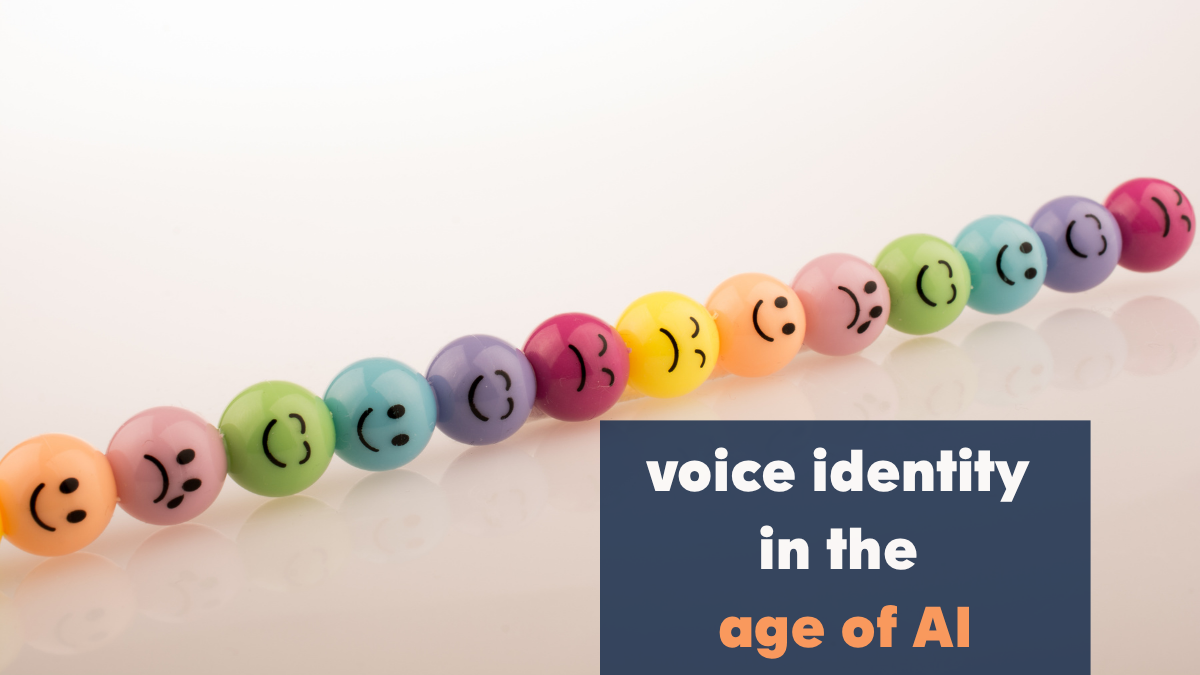Core words get a lot of emphasis in AAC learning. What is fringe vocabulary and why is it important? Read on to learn more.
When it comes to language learning for AAC users, core words take much of the limelight. And rightfully so. It has been found that emergent AAC learners can communicate a lot only using core words. Moreover, core words can be used in different contexts and hence are versatile.
For example, by learning to use the word ‘go’ , the communicator can learn to indicate that they want to go outside, go home, or to tell someone to go away.
Fringe Vocabulary and Why it Matters
Fringe words are context-specific and constitute about 20% of our vocabulary. They are mostly nouns and are used to personalize the AAC system for a learner. They are low-frequency words used for specific topics and activities.
Does that mean that fringe vocabulary has to take a backseat always? Not necessarily. Context-specific vocabulary is equally important for meaningful communication because it have a significant place in the learner’s lives.
Which Words are Important?
The answer to this will depend on the communicator, the words they would need in everyday life and their language abilities. Core words such as ‘stop’ and ‘help’ are powerful words indeed. However, for a communicator who is fond of oranges and eats them every day, wouldn’t the word ‘oranges’ feel more important to them?
Communicators may not be able to use fringe vocabulary across different settings and contexts. But if something is dear to the communicator, chances are they would talk about it more or request it often. This is how fringe words can play a significant role in motivating communication.
Slang Words are Fab


Slang words or informal words are popular among grade schoolers, teens , and young adults. AAC users too need to be able to use slang words that their peers are using. The language we speak reflects our personalities. So, the vocabulary in an AAC system should be capable of support a learner’s self-expression.
Say, a communicator’s friends are calling each other, ‘dude’, ‘bro’, ‘fam’, or ‘sista’. Putting those words in the communicator’s AAC system allows them to feel included. It’s also equally important to ensure that AAC users have access to age-appropriate vocabulary. Using “baby” words with teenagers can undermine their sense of self and limit their language development.
For AAC users to communicate autonomously and engage in conversations about a wide range of topics, they need both core and fringe vocabulary. By focussing on both, we support the communicator to pick up language skills that enable them to effectively convey their ideas and participate in social interactions.



